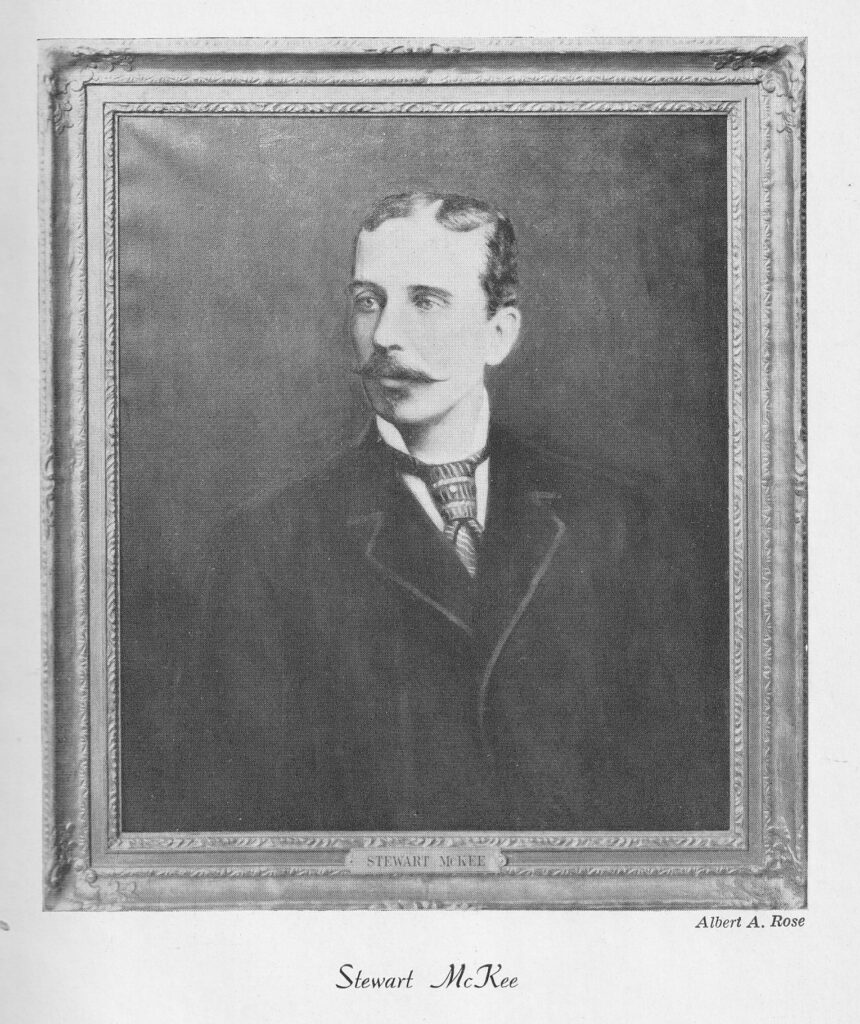
Stewart was born on February 5, 1845, in Pittsburgh, Pennsylvania, to Thomas McKee, a co-founder of S. McKee & Co., a window glass manufacturing company located in what was then known as Birmingham, PA. He stood at 5′ 6″ with dark hair and grey eyes.
He would be the final sibling to become part of the glass business McKee & Bros, which included five brothers born to Thomas and his Henrietta (Hetty) Zillhart, who wed around 1826. The siblings were:
- Frederick (b. Aug 2, 1827, d. Mar 21, 1865)
- James (b. May 4, 1829, d. May 14, 1855)
- William (b. Feb 23, 1838, d. Nov 22, 1872)
- Sellers (b. Mar 5, 1843, d. Jun 10, 1924)
- Harriett (m. Morgan) (b. Mar 24, 1848, d. Aug 6, 1911)
- Henrietta (b. Jul 3, 1849, d. Jan 2, 1915)
- Emma Amelia (b. Dec 13, 1852, d. Jun 22, 1897)
In 1853, his brothers, Frederick and James, established F. & J. McKee. Tragically, the business faced an early setback when James passed away in 1855 at the young age of 26. Despite this loss, his other siblings quickly stepped in to support the company.
In 1856, William joins the business. By 1859, the company was operating under the name (F.) McKee & Bro. In 1862, another brother, Henry Sellers, joins the firm as a clerk/bookkeeper. That same year marks a change to the name most glass collectors will recognize, McKee & Bros. The partnership expanded once again in 1863 with the addition Stewart.
In the years that follow, Stewart faces both success and sorrow. In 1864, he loses his father, Thomas McKee, and the next year, his brother, Frederick McKee, also dies. However, in 1865, he graduates from Western University of Pennsylvania, now known as the University of Pittsburgh, where he is part of Beta Eta Prime.
At this time, he resides at the family home located at 1005 Bingham St. Like his family members, Stewart quickly engages in many business opportunities. In 1870, the same year of the commemoration of Merchants and Manufactures National Bank new building, Stewart takes on the role of Director at the bank and will continue until his untimely death. Some additional companies attached to Stewart are the South Side Gas Company, the Birmingham Bridge Company, and the Fuel Gas Company. In 1881, he is a founder of the People’s Electric Light Company.
In 1883, Stewart, his mother Hetty and sisters relocate to 139 Sheffield St. on the North Side, then known as Allegheny. That same year, on June 9, 1883, Stewart weds Virginia A. Dalzell. They settle a few doors down at 111 Sheffield St.
Virginia was born on May 2, 1848 to James A. Dalzell and Martha Duffy. Her family was well-known in Pittsburgh. Her father started the James Dalzell & Sons company, which ran a grocery store and was an early lard and petroleum oil producer. Virginia siblings include John H. Dalzell — founder of the Standard Underground Cable Company, President of the Pittsburgh, Allegheny and Manchester Traction Company — as well as J. Willis and Louis W. who lived nearby on Ridge St.
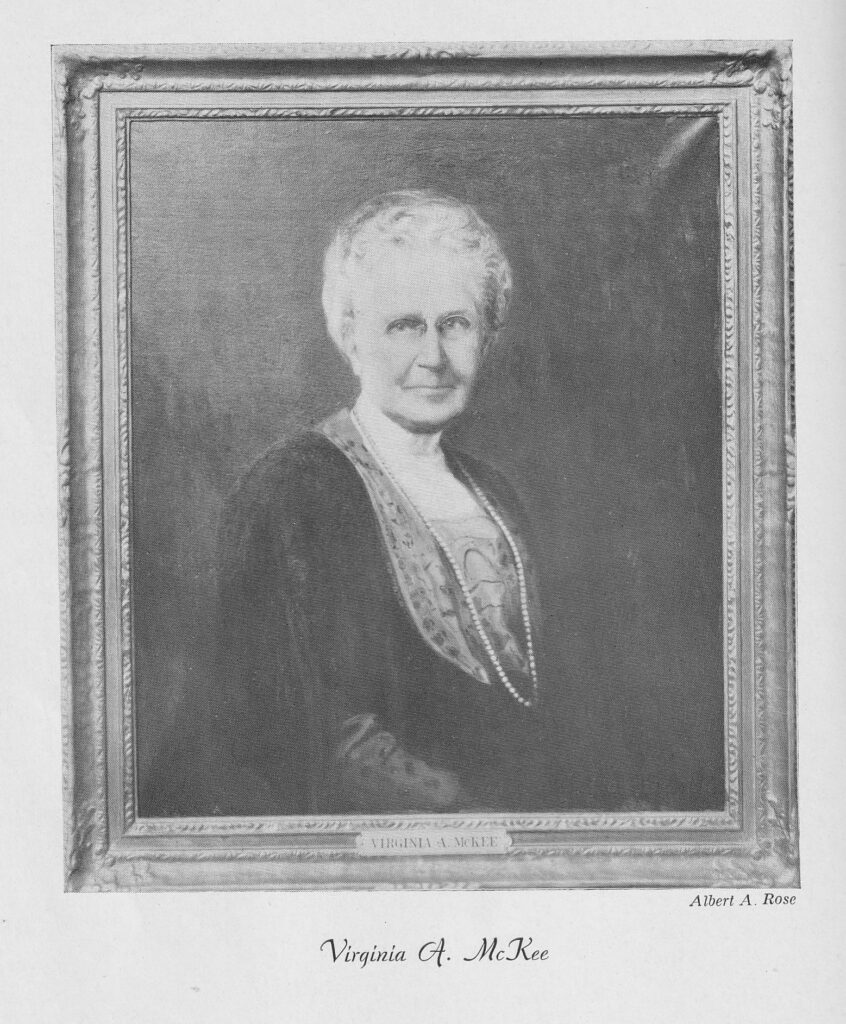
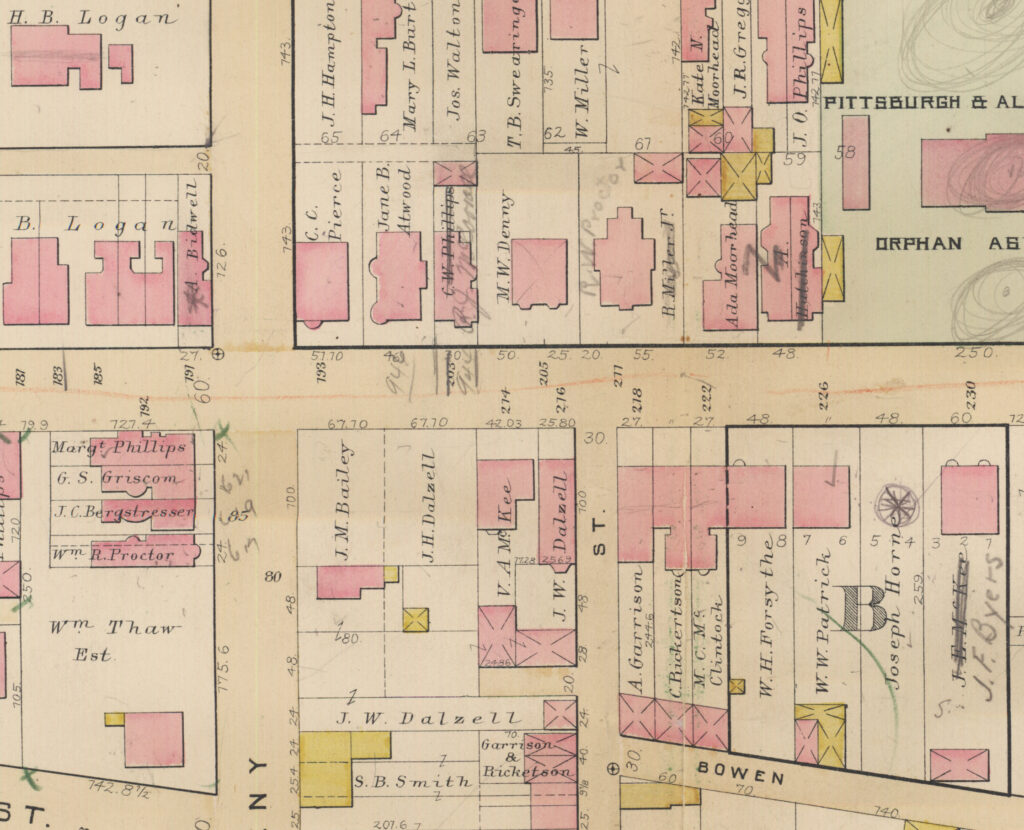
In the coming years, the family undergoes significant changes. On June 24, 1884, Hetty, Stewart’s mother, passes away. A month later, on July 27, 1884, Stewart and his wife celebrate the birth of their only son, James Dalzell McKee. Unfortunately, the following year, on November 11, Stewart unexpectedly dies, leaving his wife Virginia and their 16 month old son Dalzell behind with no will.
In 1887, Virginia’s brother, J. Willis Dalzell, submits a petition to appoint a commissioner to manage the division of properties co-owned by Stewart and his brother H. Sellers McKee. This request reveals details about their shared assets, which include the factory, twenty lots in the 13th Ward, and sixteen acres in the 20th Ward.
In 1888, Virginia moves to 214 Ridge Ave on the North Side, close to her brothers John H. and J. Willis, as well as her sister Jennie Dalzell. Nearby, at 230 Ridge, is another relative H. Sellers McKee. Although her address eventually changes to 939 Ridge, Virginia will spend the majority of her life in this residence. In her later years, she will also occupy an apartment at the Shenley Hotel.
Virginia devotes the rest of her life to nurturing her son. The social columns highlight some of their vacation destinations, including a popular spot Bedford Springs.
She, unfortunately, experiences more loss. In 1894, she loses her brother John H. Dalzell. In 1898, she loses her brother J. Willis who was also a prominent business man that stretched beyond his involvement in the family business to the Exchange National Bank and the Union Passenger Railway Co.
In about 1901, aged 16, Dalzell is described at 5’11” with brown hair and eyes. We know that Virginia first enrolls Dalzell’s at Allegheny Preparatory School. Pittsburgh history buffs may be interested to learn that the school’s name is still seen on the building at 900 Lincoln on Pittsburgh’s North Side.
Dalzell continues his studies at Lawrenceville School, a preparatory school in Lawrence Township, New Jersey. He rounds out his education at Princeton University as part of the class of 1907.
It seems he always has his eye on the future. Around 1907, Dalzell acquires a motorboat named Esperanza and later another called the Mercury. He is also a member of several clubs, including the Atlantic Yacht Club. This enthusiasm for competitive motorboating becomes apparent as he competes in the annual race from New York to Bermuda for several years.
On the Census of 1910, Dalzell, now aged 25, is listed as a Broker. We also get a glimpse into their life at 939 Ridge which has a staff that includes a cook, two maids, a butler and chauffeur.
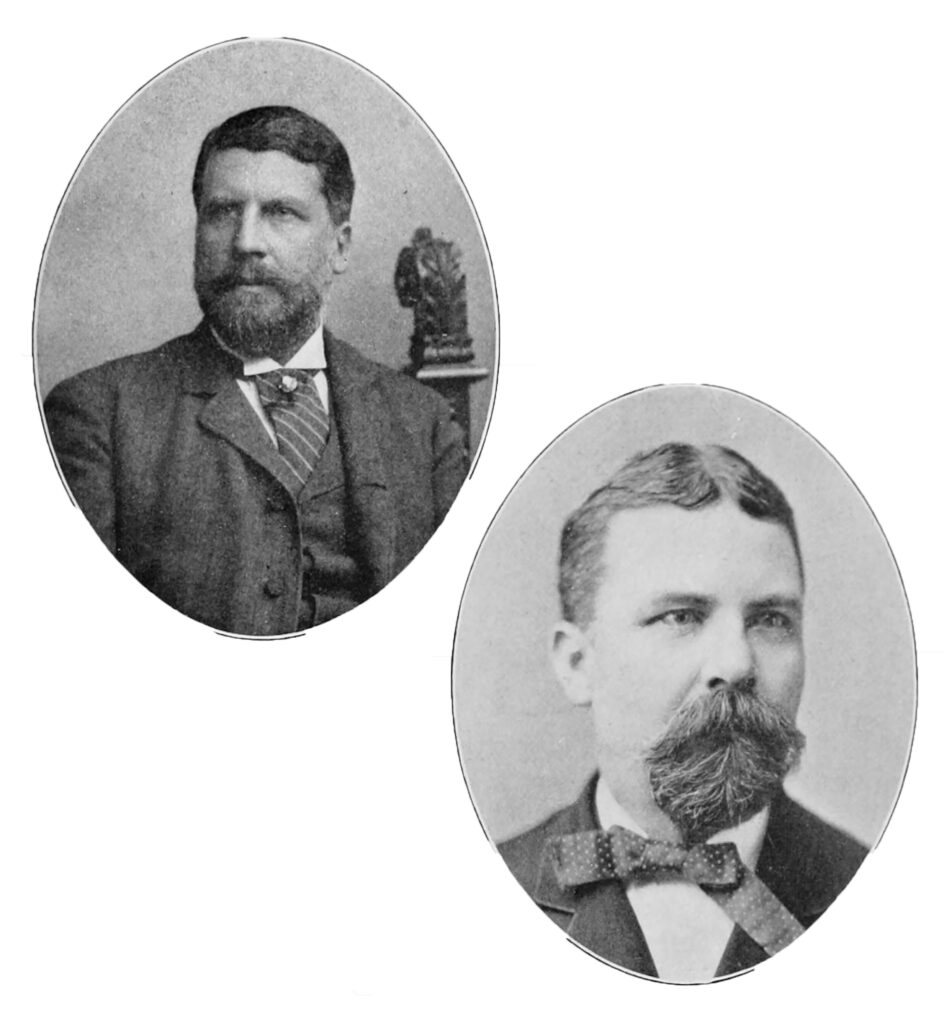
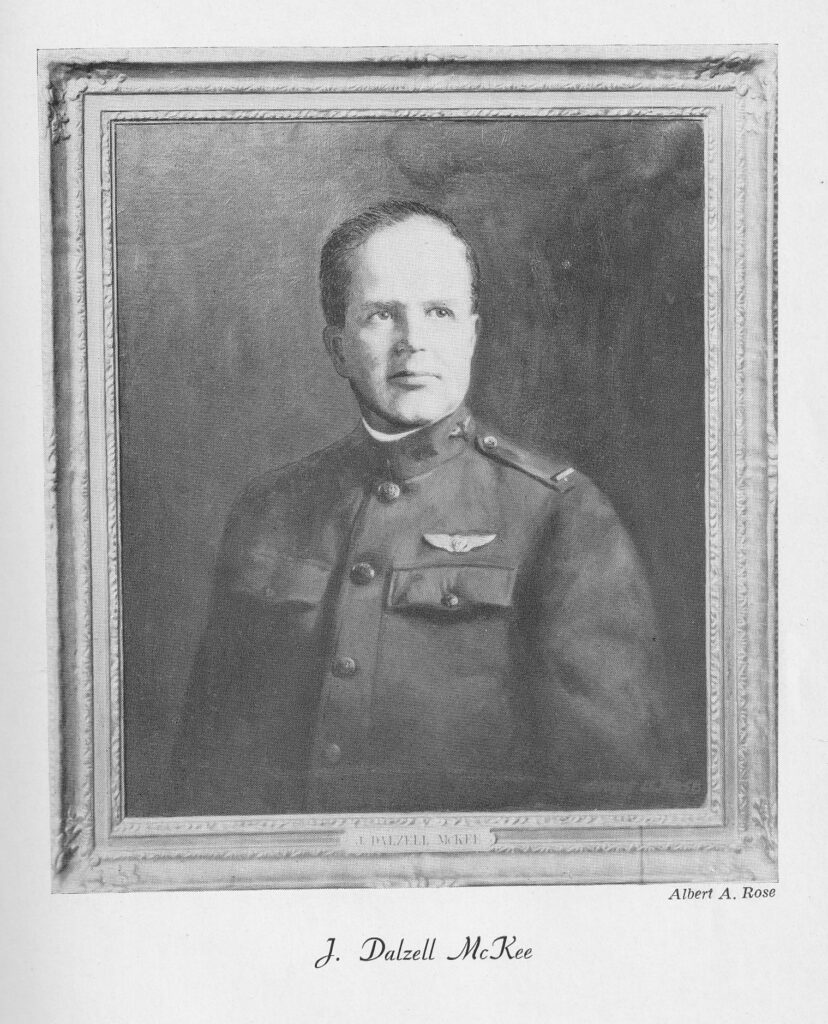
In 1911, Dalzell, along with Virginia and Harriet (Morgan), file a lawsuit concerning Hetty McKee’s estate against H. Sellers, Virginia’s brother-in-law, who they accuse of mismanagement.
By 1914, at the age of 29, Dalzell joins the board of the Exchange National Bank, a position previously held by his uncle J. Willis Dalzell. That same year he files suit against the Pittsburgh and Lakes Erie Railroad for their encroachment on the old McKee factory property. He lost this suit based on an 1886 city ordinance. The decision is upheld by the Supreme court.
In 1917, aged 33, he joins the war effort. He first joins the U.S. Navy but soon qualifies for the Aviation Corps of the U.S. Army. His aviation experience soon takes over his interests.
About the time he completes his military service, he joins the Aero Club of Pittsburgh. He is also a hold the rank of Captain in the army air reserve corps. In 1925, the city of Pittsburgh sees the opening of its inaugural airport, Rogers Field. We also see Dalzell acquiring a Curtiss Hawk powered by a 575 hp CD-12 engine which seems to have mechanical issues.
By September 1926, he teams up with Canadian co-pilot Air Vice-Marshal Albert Earl Godfrey, MC and achieves the historic milestone of completing the first trans-Canada seaplane journey in a Douglas MO-2BS, yet another aircraft in Dalzell’s collection. In January 1927, he delivers a speech describing the historic voyage to the Aero Club at the Pittsburgh Chamber of Commerce.
The year, 1927, is a both exciting and tragic. After his speech, he commits to purchasing two Vickers Vedettes for another historic trip across Canada. The trip would cover 12,000 miles and include three aircraft.
Sadly, on the first leg of the trip on June 9, his plane crashes into Lac La Peche and Dalzell drowns. He was 42 years old. His co-pilot, Lieutenant Earl S. Hoag survives. Hoag’s career lasts for many decades and through many military conflicts — he is eventually promoted to the rank of Major General for the US Air Force. Naturally, due to this trategy, the trip is called off.
Virginia holds his funeral on June 13th at Mrs. William B. Trainer’s home who is Martha, the daughter of her brother Louis W. Martha’s home is at 946 Ridge Avenue. He is buried in the family plot at the Allegheny Cemetery.
Shortly before he passes, he endowed a trophy to Canada, known as the Trans-Canada Trophy, to honor individuals who made significant contributions to aviation in the country. The inaugural recipient of this award was Captain Harold Anthony Oaks.
On Feb 13, 1929, Mary Beer Dalzell, the wife of her brother J. Willis dies. She leaves $100,000 to Virginia. Those interested in art will be interested to know that she also left artwork to the Carnegie Museum of Art, then the Carnegie Institute. These include pieces by Richard Rothwell, R. H. A. and a Thomas Gainsborough.
Not long after, Virginia dies on March 6. Her memorial service is held on March 8 at the home of Mrs. William B. Trainer (formerly Martha Dalzell), at 1074 Devon Road in Squirrel Hill. She is interred in the Thomas McKee family plot at Allegheny Cemetery.
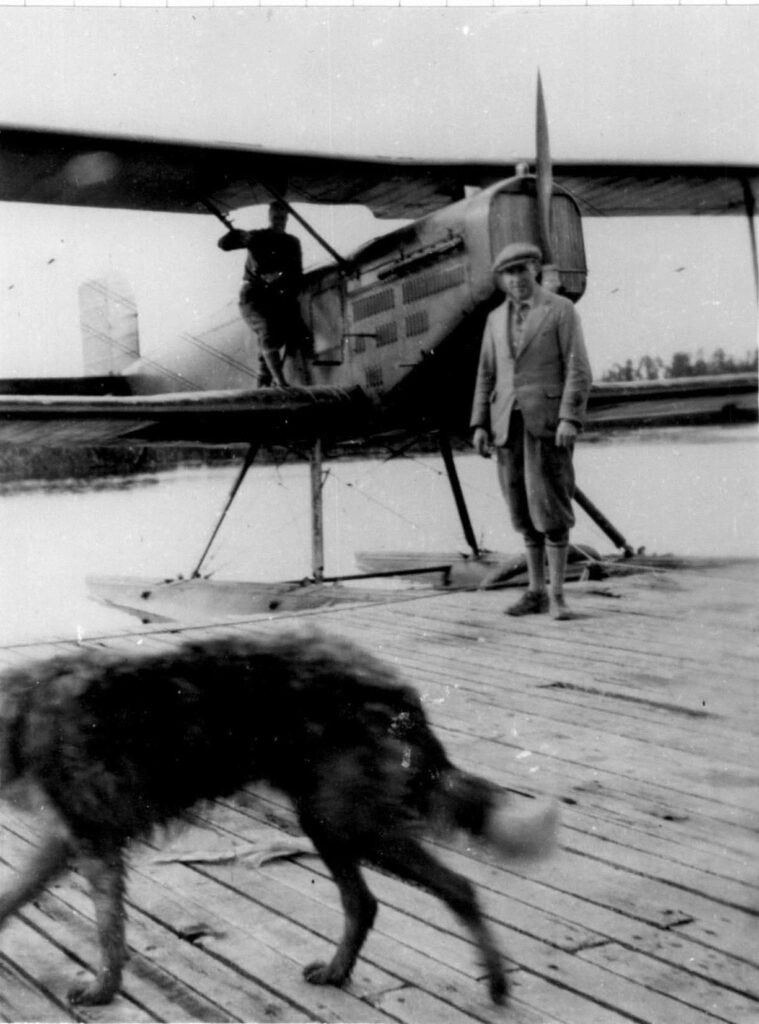
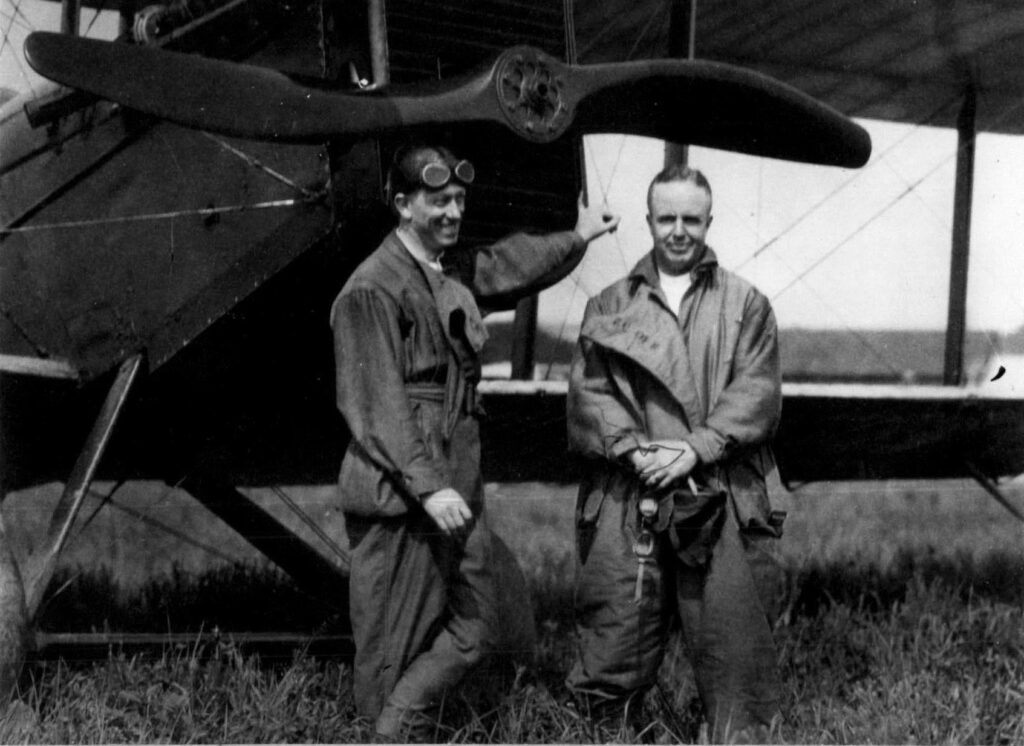
Virginia’s legacy is still felt in Pittsburgh. She left over $2.5 million in her will which equates to about $47 million in today’s value. How she divided her estate reflects what and who she valued.
First, she left a trust of about $800K to benefit the poor which is still a trust that still exists. She then gave over $800K to the First Presbyterian Church of Pittsburgh. She also left over $800K to the Masons to erect a Stone Memorial Cottage in Elizabethtown, PA. The official opening ceremony would occur in 1938 with Frederick C. McKee, Virginia’s great nephew, speaking for the family.
She made numerous bequests, and one mentioned in her will expresses her appreciation for Martha Dalzell Trainer. It appears that Martha shared a strong bond with her aunt, as she is listed as the informant on the death certificate. In the will, she leaves $5,000 to Martha, noting:
“As a token of affection and gratitude for her generosity in hosting my son’s funeral at her residence.”